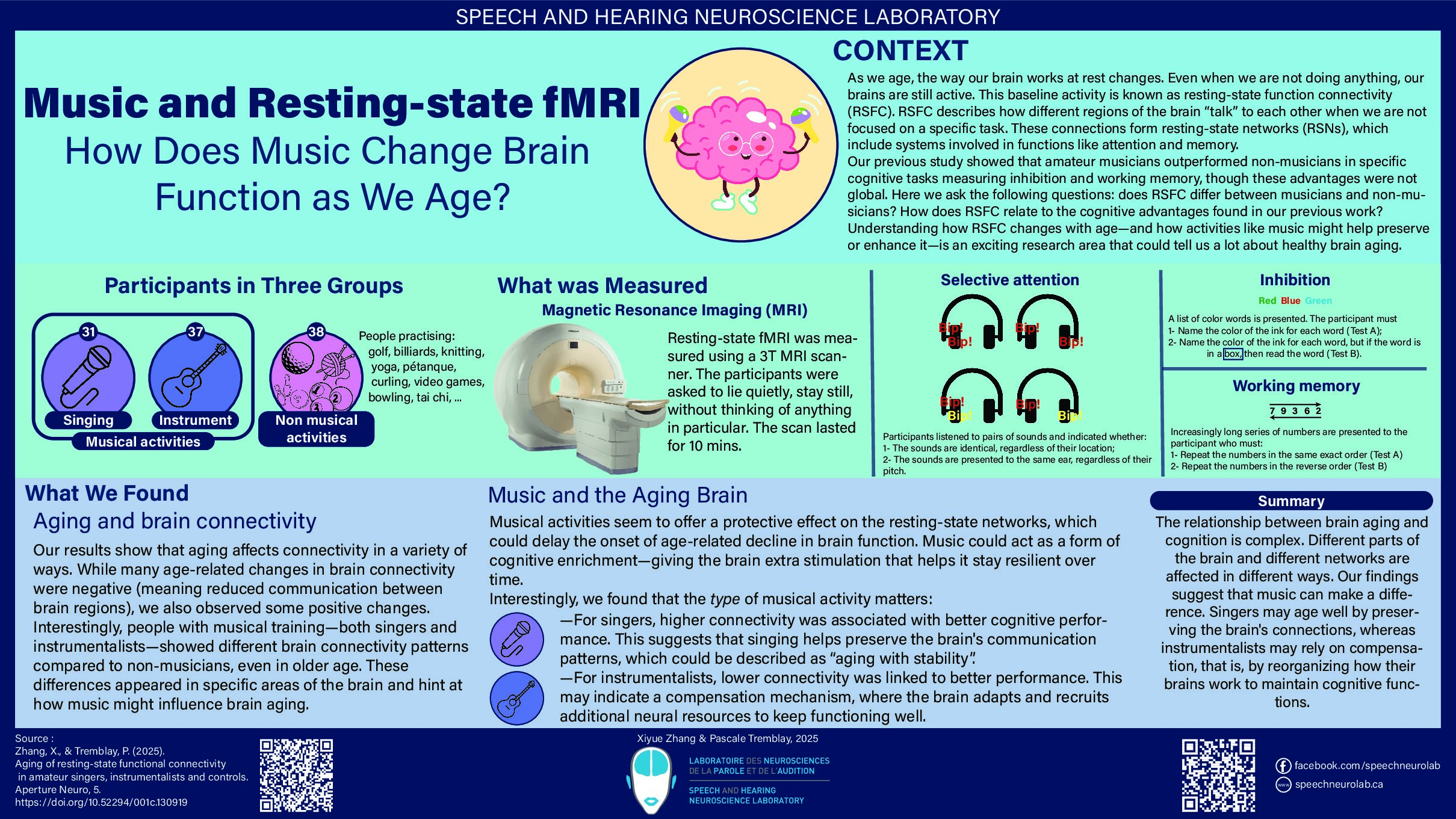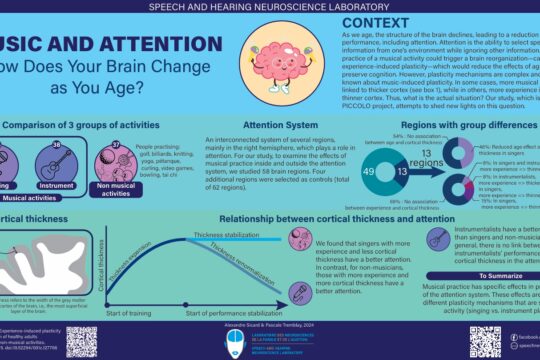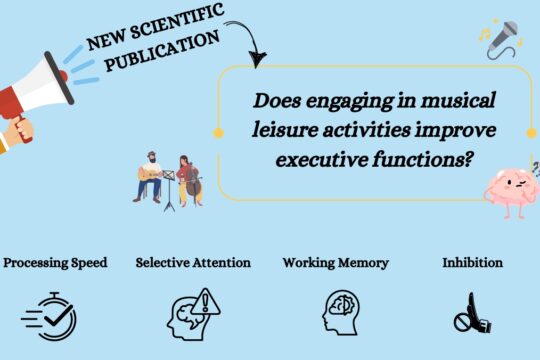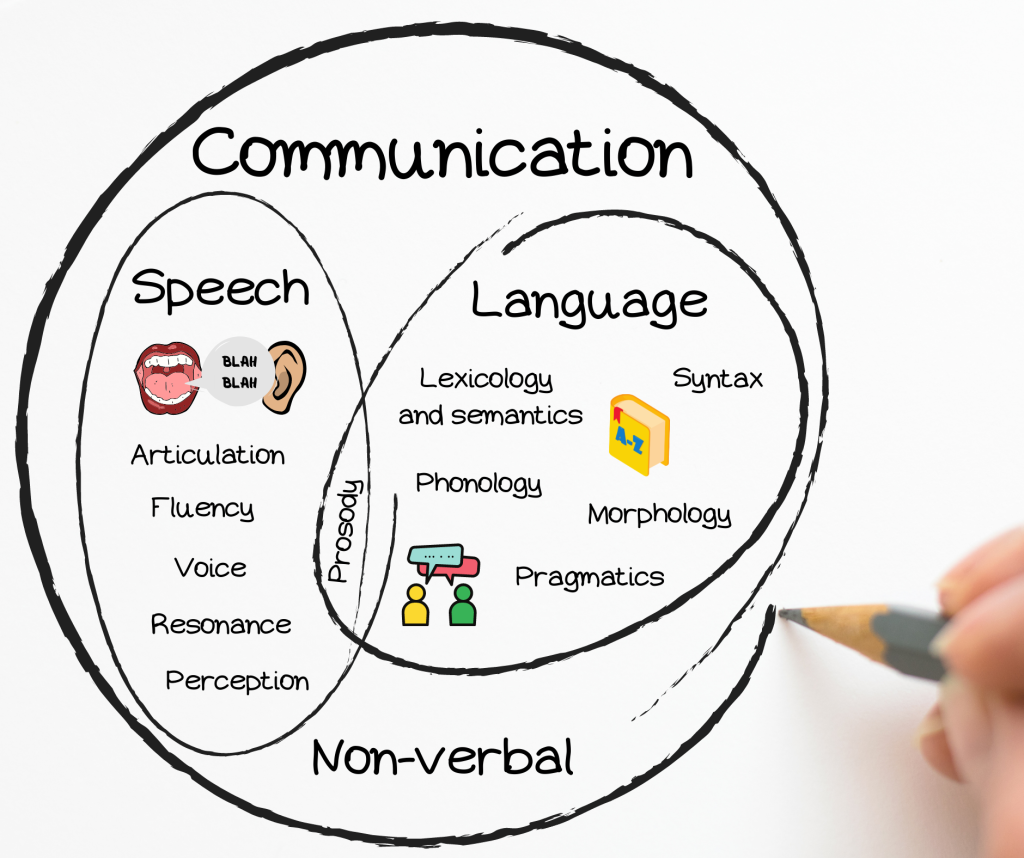
In our day-to-day language, the terms speech, language, and communication are often used interchangeably. However, are these words synonyms? As it turns out, no, they are not!
Here is how to better distinguish these terms:
Speech
Speech refers to the way we produce and perceive the consonants and vowels that form all the languages in the world. It can be considered the perceptual and motor components of oral language. More specifically, it includes the following elements:
- Voice. This refers to the way we use our vocal folds (sometimes called cords), in the larynx, and our respiration (especially the expiration) to produce speech sounds. Our voice varies in intensity and pitch – that is, it can be more or less loud and have a higher or lower pitch. These parameters are determined by the contraction and extension of the vocal folds.
- Articulation. It is the way we use our articulators, including our lips and our tongue, to produce speech sounds. For example, our lips are rounded to produce the vowel /o/, while they are stretched to produce the vowel /i/.
- Resonance. This refers to the modification of the sound generated by the vocal folds as it travels through the cavities formed by the pharynx as well as the inside of our nose and mouth. Resonance influences the quality of speech sounds (a nasal vowel such as “an” vs an oral vowel such as “a”) and depends mostly on our capacity to control the amount of air that is expelled from our nose when we speak. To block air from going through the nose, we lift soft palate (also called velopharynx); to allow air going into the nose, we drop the soft palate (see figure 1). For example, too much airflow through the nose results in a nasal voice (Kummer). It should be noted that damage to resonance or to the respiratory system is likely to make speech less natural and intelligible (ASHA).
- Fluency. This concerns the rhythm of our speech and is characterized by the number of hesitations and repetitions of sounds when we speak. Non fluent speech is associated with communication disorders such as stuttering.
- Perception. The ability to detect and perceive fine variations in the acoustic signal of speech, including variations in intensity and frequency in a locutor’s voice or variations in their speech rate, are also key elements of speech at the receptive level.
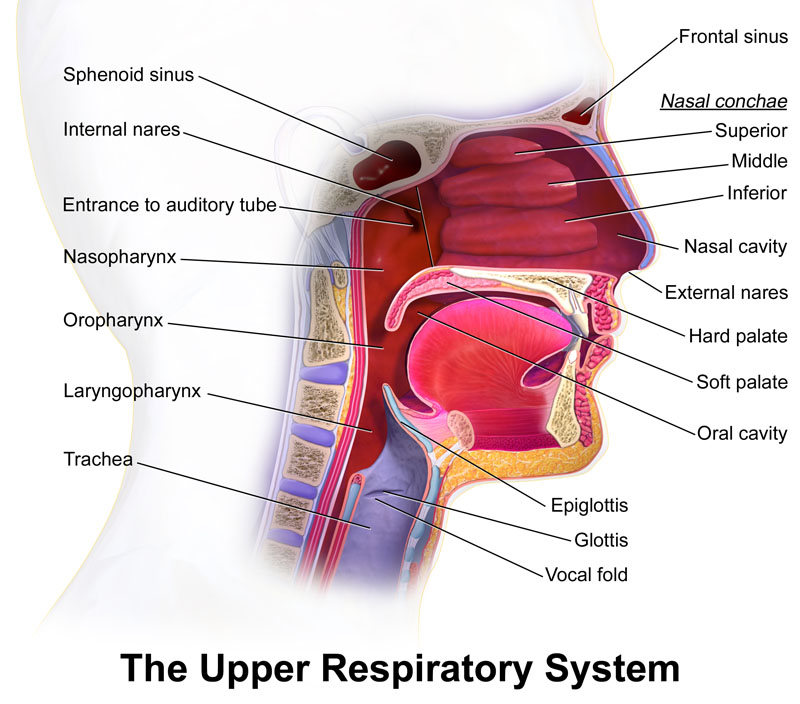
Language
Language refers to the comprehension and production of words and sentences to share ideas or information. Language can be oral, written, or signed (e.g. Quebec Sign Language). Below are the different spheres of language (ASHA; Bishop et al, 2017):
- Phonology. At the interface between speech and language, phonology refers to the ability to identify and use speech sounds to distinguish the words of a language. For example, in English, it is important to distinguish the sounds associated with the letters “b” and “p” since words such as “bay” and “pay” do not have the same meaning.
- Morphology. This refers to the rules that regulate the use of morphemes, the smallest units of language that carry meaning. For example, in oral and written English, the plural is often indicated by adding the morpheme “-s” to a noun (eg. anemones). Some morphemes can be added at the beginning or at the end of a word to slightly modify the meaning. For example, the morpheme ‘’-est’’ in English is used to express the superlative. For example, when we add “est” to the adjective tall, we create the word tallest, meaning the person who is the most tall.
- Lexicology and semantics. These components refer to vocabulary as well as the knowledge of the word meaning (e.g., knowing the word anemone and that it refers not only to a marine animal, but also to a colorful perennial plant).
- Syntax. This refers to the rules to combine words to create sentences in a language. For example, the sentence ‘’I love anemones’’ is composed of a subject (I) and a predicate (formed by the verb love and the noun anemones); the two obligatory components in an English sentence.
- Pragmatics. This refers to the rules about the use of language in a specific communication context. These rules include the respect of the turn-taking or the adjustment of the language level or content based on the interlocutor. It also includes the ability to detect humour, irony and sarcasm.
Communication
Communication refers to the process of exchanging information, including emotions and thoughts (Bishop and al., 2016), with others using speaking, writing, signs, facial expressions and body language. Communication thus incorporates speech and language, but also prosody (linguistic and emotional). Prosody refers to the ability to vary the intonation, rate and voice intensity to either emphasize certain syllables or words when we speak or to draw the attention of our interlocutor to a particular piece of information (linguistic prosody), or to convey our emotions, voluntarily or not (emotional prosody; Wilson & Wharton, 2005).
Although the words speech, language and communication are often used interchangeably, these words have distinct meanings when used in scientific or clinical contexts. While communication is a broad concept, speech and language have very specific meaning. This is important because communication difficulties can affect speech and language independently. For example, a person with a speech impairment may have difficulty articulating correctly without having any language difficulty. Likewise, a person with a language disorder may have difficulty understanding the meaning of words, forming grammatically sentences, respecting speaking turns during a conversation, etc., while having no difficulty related to speech (normal voice, normal articulation).
Suggested readings:
References:
American Speech and Hearing Association (ASHA). (2020, September 1rst). What Is Speech? What Is Language? https://www.asha.org/public/speech/development/speech-and-language/
American Speech and Hearing Association (ASHA). (2020, September 1rst). Language in brief. https://www.asha.org/Practice-Portal/Clinical-Topics/Spoken-Language-Disorders/Language-In–Brief/
American Speech and Hearing Association (ASHA). (2020, September 23). Dysarthria in Adults. https://www.asha.org/PRPSpecificTopic.aspx?folderid=8589943481§ion=Signs_and_Symptoms
Bishop, D.V.M., Snowling, M.J., Thompson, P.A., Greenhalgh, T., & CATALISE consortium. (2016). CATALISE: A Multinational and Multidisciplinary Delphi Consensus Study. Identifying Language Impairments in Children. PLOS ONE 11(12): e0168066. https://doi.org/10.1371/journal.pone.0168066
Kummer, A.W. (2020, September 23). Resonance Disorders and Velopharyngeal Dysfunction. https://www.cincinnatichildrens.org/-/media/cincinnati%20childrens/home/service/s/speech/patients/handouts/resonance-disorders-and-vpd.pdf?la=en
Wilson, D., & Wharton, T. (2006). Relevance and prosody. Journal of Pragmatics 38, 1559–1579. doi:10.1016/j.pragma.2005.04.012

